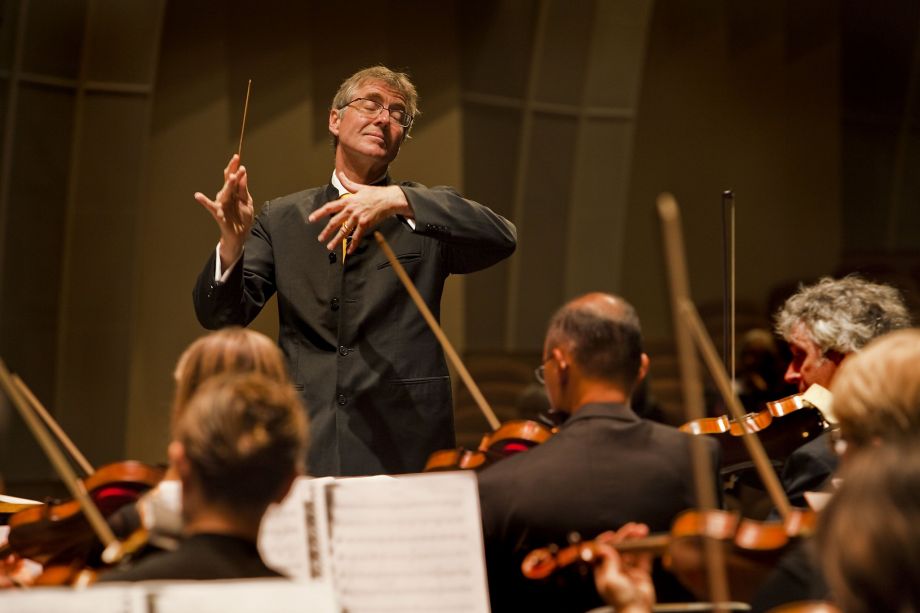The British conductor reveals how he transforms modern orchestras into perfect period ensembles.
Baroque is big. Well, bigger at least than it was 100 years ago. Over the past century or so, a slow but steady increase in the appreciation of music from the Baroque has seen this neglected period of musical history, formerly the sole preserve of a relatively meagre number of early music fanatics, become one of classical music’s most popular genres.
This is, of course, a tremendously good thing. As more and more musicologists and pioneering performers have delved deep into the dusty archives, forgotten organ lofts and ancient libraries of Europe, a wealth of music has been rediscovered. Composers like Monteverdi, Corelli, Purcell and of course, J.S. Bach, have been saved from obscurity and are now rightfully and immovably installed in the pantheon of great composers.

But as the ubiquity of Baroque has ballooned, the tastes of music lovers have become more discerning. Any old pleb can tap their foot to The Four Seasons, but when it comes to true devotees, nothing but absolute period authenticity will do – or to use the à la mode...










Comments
Log in to join the conversation.